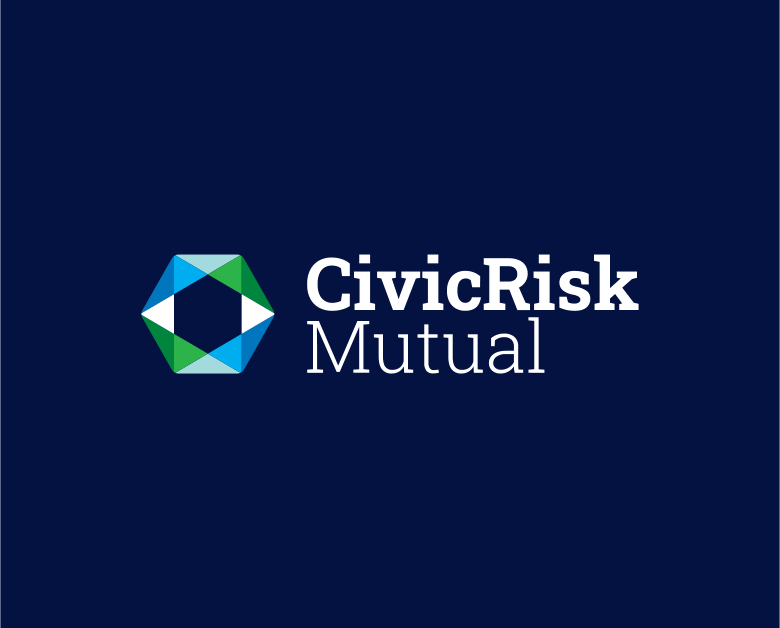Natural disasters are an inescapable reality, especially in Australia, where extreme weather events are common. For local government bodies, being unprepared isn’t an option: Communities rely on councils to spearhead recovery efforts and restore stability in the aftermath.
While councils can’t control nature, they can control how prepared they are for unpredictable circumstances. The key to minimising a natural disaster’s impact is formulating a robust disaster recovery plan to address immediate needs and ensure long-term community resilience.
Let’s walk through a comprehensive disaster recovery strategy that can prepare local councils for the next flood, fire or storm.
Identifying Potential Threats
The first step in creating a disaster recovery plan is understanding the specific risks your community faces. Natural disasters in New South Wales include — but are not limited to — flash floods, bushfires and earthquakes. Each presents distinctive challenges for councils.
Take the 2022 floods in the Northern Rivers region, which cut entire communities off for days. These floods submerged roads, destroyed homes, overwhelmed communication systems and tragically claimed lives. The disaster cost around $9.6 billion, according to Munich Re — and that’s not accounting for the emotional turmoil spread throughout communities.
An effective disaster recovery plan starts by asking: What are the greatest risks facing our community? Prioritise these risks based on how likely they will occur and how severe their impact may be. A flood-prone coastal town, for instance, might focus on water management systems and evacuation procedures rather than fire threats. By mapping out the risks, councils can direct resources and build mitigation strategies to fortify community response.
Creating a Disaster Recovery Plan
Once you’ve identified risks, build a solid disaster recovery plan that covers all the bases — from reaction to recovery and mitigation. A well-designed plan delineates the who, what, where, why and how of natural disaster response to secure community safety and restoration.
Your plan should include:
- Risk assessment and hazard identification: Understand what services, infrastructure and communities are most vulnerable.
- Communication protocols: Establish clear communication channels between crisis management teams, the community and relevant stakeholders.
- Essential public services: Ensure infrastructure like water supply, waste management and healthcare facilities are prioritised for protection and restoration.
- Emergency response coordination: Local councils often manage the initial impact, so working closely with police, fire services and first responders is key. Ensure a coordinated response is ready, especially for high-risk areas.
- Evacuation routes and procedures: Identify and clearly mark safe and accessible routes for the community to access during an emergency.
- Public safety measures: Consider immediate actions such as road closures, community shelters and medical aid distribution.
- Resource allocation and logistics: Create a flexible plan for allocating emergency supplies and personnel, especially in isolated or rural areas.
- Partnerships with state and federal agencies: Keep a strong line of communication between local councils, state governments and agencies such as the State Emergency Service (SES) and NSW Rural Fire Service.
Councils need to anticipate more than just the obvious; a power outage during a storm could cripple communication networks, while a contaminated water supply could lead to secondary health crises. The goal is to create a plan that gets services back online and supports long-term restitution.
Ongoing Training and Simulations
Your disaster recovery plan’s efficacy hinges on how well-prepared council staff and volunteers are when the time comes for action. Regular training sessions and disaster simulations should be a priority.
Through simulations, staff familiarise themselves with protocols and improve decision-making under pressure. It’s one thing to have a plan on paper; it’s another to know how to execute it. These exercises highlight potential blind spots or bottlenecks, allowing you to tweak the framework before a real disaster strikes.
Community Engagement and Public Education
Even the best disaster recovery plan won’t work if the community isn’t prepared. Engage the community by educating residents on what to do in an emergency, how to access shelters and which evacuation routes to follow.
Councils play a critical role in spreading awareness, whether through:
- Government website updates.
- Radio and newspaper ads.
- Social media campaigns.
- Public signage marking evacuation routes and community shelters.
Resources like emergency preparedness kits, fridge magnets with emergency contacts and brochures detailing what to pack for evacuation can make a huge difference. Community preparedness workshops can also empower residents to stay proactive, potentially reducing panic when disaster strikes.
Maintaining Continuity of Local Government Activities
During a crisis, local government activity risks disruption. However, from budgetary decisions to managing public works, councils must continue functioning to manage the aftermath.
Consider setting up temporary command centres in your recovery plan, moving operations to unaffected areas or leveraging digital services. In doing this, you can sustain momentum in response efforts and continue providing essential services to the community.
Preparation Meets Confidence: Get Ready Now
Natural disasters are an undeniable reality and sound, thorough preparation gives us the confidence to handle whatever comes next. The ultimate goal of a natural disaster recovery plan is to ensure that after the crisis has passed, communities can bounce back stronger, with minimal disruption to services and everyday life.
Is your council’s emergency planning up to date? Now’s the time to ensure you’re ready. Reach out to CivicRisk Mutual for support and guidance in coordinating your disaster recovery plan. You can’t predict when a tragedy will strike, but you can prepare for it.


